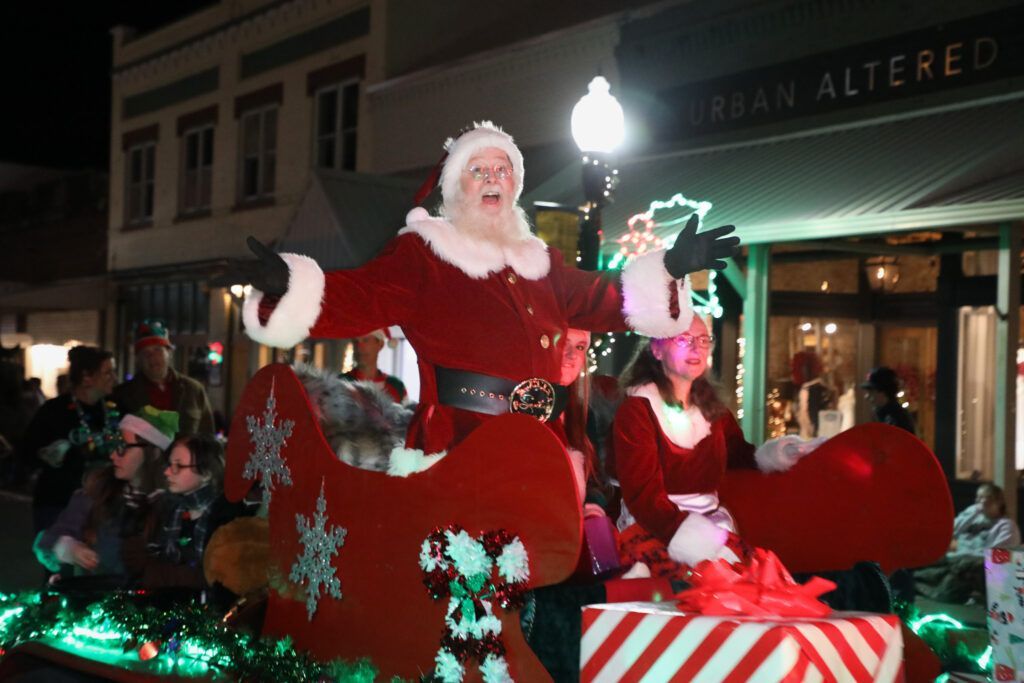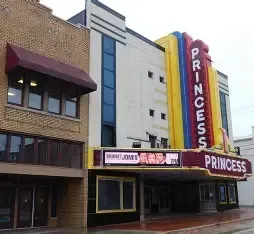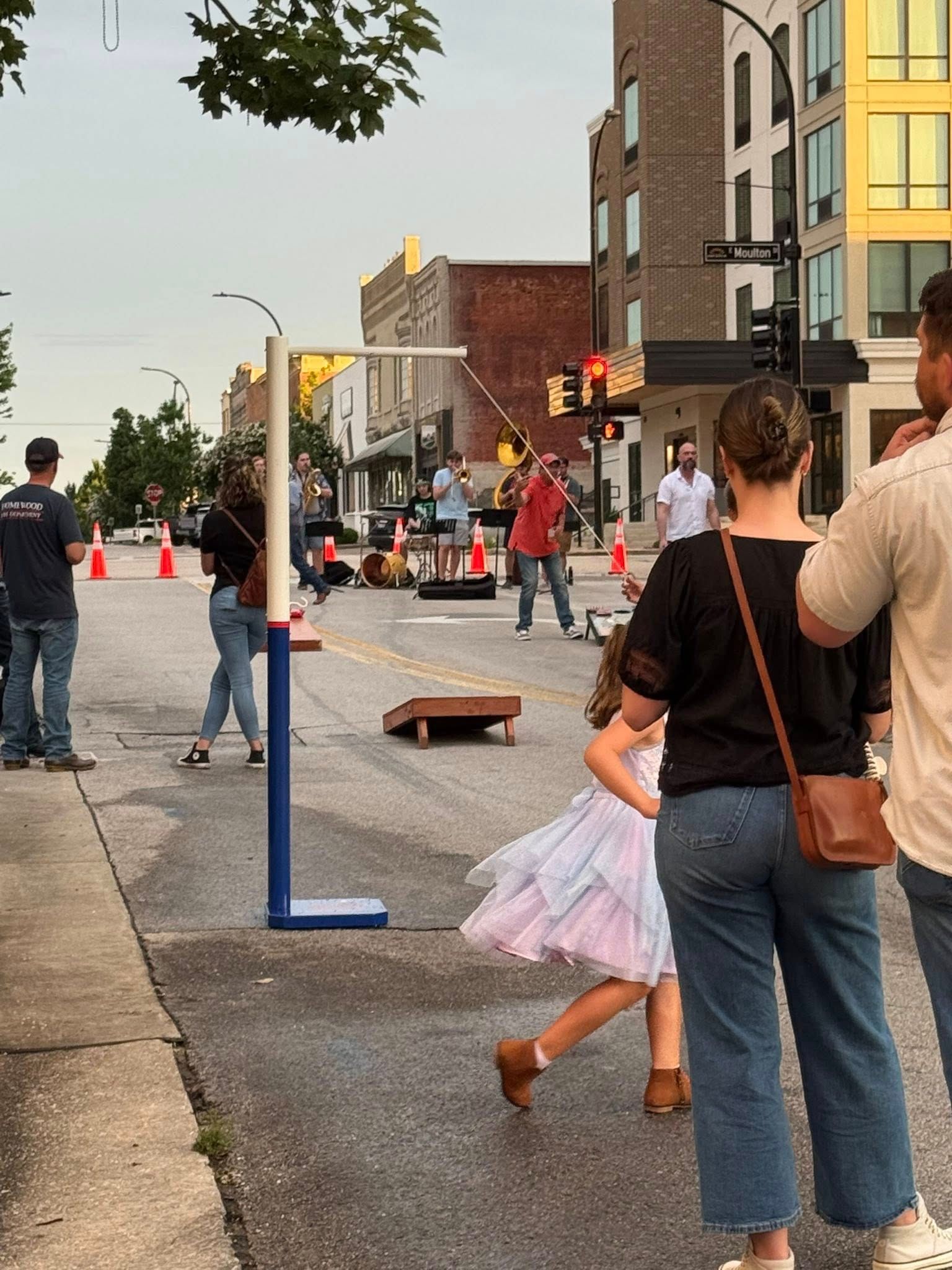Guide to the Trail of Tears
One of my first assignments for the Muscle Shoals National Heritage Area was to help the city of Decatur set up a walking tour around Indian Removal. At the time, I was aware that Alabama was a part of Indian Removal, but I did not know how the history of it connected to Decatur or if there was enough of a connection to draw from. I was stunned to find that Decatur had an intimate connection to one of the darkest periods in America’s history - where thousands of Native Americans were forced by the U.S. Government to leave tribal lands and relocate to Oklahoma. Using first-hand accounts from research gathered by Gail King and the Morgan County Archives, I was able to document the journey of these Native Americans and tell the story of the people that walked through Decatur on their way to an uncertain future as they left home behind.
The Trail of Tears, the Cherokee name for Indian Removal, was the forced migration of the Cherokee from their tribal lands in the Southeastern United States to reservation land the federal government allotted them in Oklahoma. The U.S. Army forced the Cherokee and other groups to migrate on foot or by boat to Oklahoma. The Tennessee River became a major route for the Trail of Tears because it connected the eastern United States with Indian Territory by way of the Ohio and Mississippi rivers. By 1835, Decatur was part of Alabama’s booming economy centered around the trade and commerce of goods up and down the Tennessee River. Several years before, the Tuscumbia, Courtland, and Decatur Railroad company had built track from Decatur to Tuscumbia to circumvent the unreliable section of river known as the Muscle Shoals that stretched between the two cities. The TC&D was instrumental in providing a dependable means of transportation which meant anything could be moved up and down the river at any given time without waiting on the Tennessee River to flood.
The forced emigration of Native Americans took place throughout the late-1820s and 1830s. Over the course of the decade, three separate groups of Army-led Native Americans, totaling 2,300, used the TC&D to navigate around the Muscle Shoals. They were unloaded from barges off the river and herded like cattle through the streets to warehouses to camp until the trains ran the next morning. Many were sick from the cold, rain, and hard travel they were forced to endure. The next day saw them ushered through the streets to the first Decatur Depot (across US 72, near the river, on the same side of the railroad track as the Old State Bank). The number of Native Americans meant that the train would have needed to make multiple trips, and one group noted that it took two full days for it to move everyone to Tuscumbia.
The accounts of these Native American’s time in Decatur not only reveals the hardship they endured but their bravery and resilience in the face of it. I hope that this overview of Decatur’s role in Indian Removal sparks your interest because there is so much more to experience by following the tour through Decatur to glimpse the journey that these men, women, and children walked almost 200 years ago. Rhodes Ferry Park is the first site, and use your cell phone to scan the QR codes at each stop that will give you access to photographs and first-hand accounts. It is an enlightening experience, and a great way to tour part of the Old Decatur downtown district










